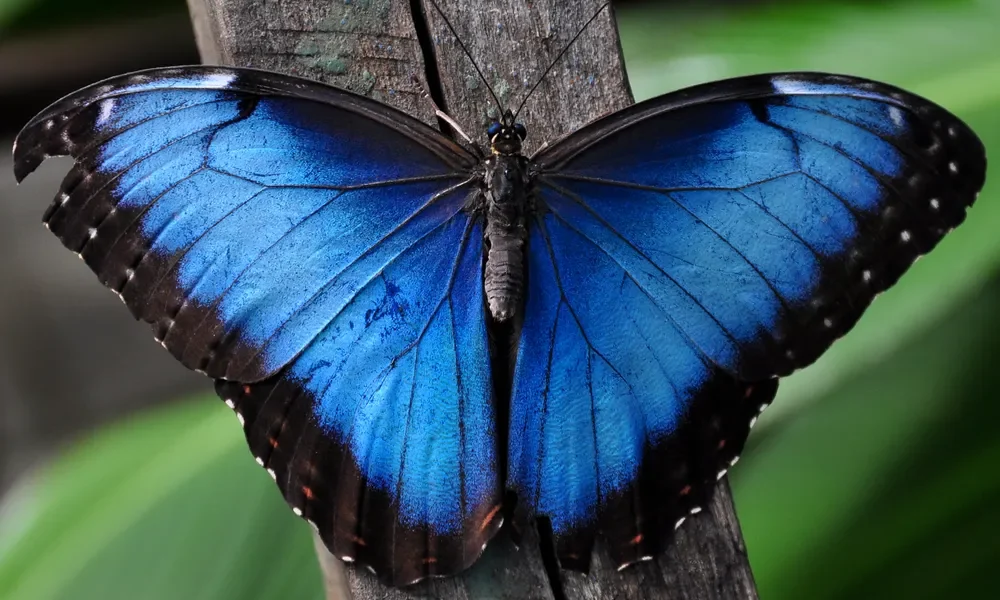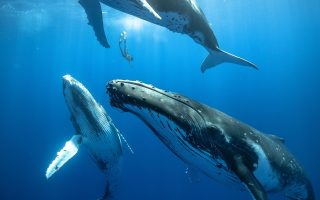kilkennybookcentre.com – The butterfly, known as “Kelebek” in Turkish, is a remarkable creature that captivates the imagination with its vibrant colors and delicate wings. These enchanting insects are not only a symbol of beauty and transformation but also play a crucial role in various ecosystems around the world. In this article, we will explore the life cycle, significance, and conservation efforts related to butterflies.
The Life Cycle of a Butterfly
Butterflies undergo a fascinating transformation known as metamorphosis, which consists of four distinct stages: egg, larva (caterpillar), pupa (chrysalis), and adult butterfly.
- Egg: The life of a butterfly begins when the female lays eggs on host plants. These eggs are often tiny and can vary in color and texture depending on the species.
- Larva (Caterpillar): Once the egg hatches, the larva emerges. This stage is primarily focused on growth, where the caterpillar feeds voraciously on leaves. During this time, it molts several times as it outgrows its skin.
- Pupa (Chrysalis): After reaching a certain size, the caterpillar forms a protective casing around itself known as a chrysalis or pupa. Inside this seemingly lifeless shell, a miraculous transformation occurs as the caterpillar reorganizes itself into a butterfly.
- Adult Butterfly: The final stage is the emergence of the adult butterfly. Once its wings are fully developed and dried, the butterfly takes its first flight in search of food and a mate to continue the cycle.
The Ecological Significance of Butterflies
Butterflies are more than just beautiful creatures; they are vital components of the ecosystem. As pollinators, they assist in the reproduction of many flowering plants, contributing to the health of gardens, forests, and agricultural crops. Butterflies are also an important food source for other animals, including birds and small mammals.
Cultural and Symbolic Importance
Throughout history, butterflies have held significant cultural and symbolic meanings across different societies. They are often seen as symbols of transformation, hope, and the fleeting nature of life. In various cultures, butterflies are associated with the soul and have been featured in art, literature, and folklore.
Conservation Efforts
Despite their beauty and ecological importance, many butterfly species are at risk due to habitat loss, climate change, and pesticide use. Conservation efforts are underway to protect these delicate creatures and their habitats. Initiatives include creating butterfly-friendly gardens, protecting natural habitats, and promoting sustainable agricultural practices.
Conclusion
“The Butterfly” (Kelebek) is a remarkable testament to nature’s artistry and ingenuity. Understanding and appreciating these creatures can inspire us to take action in preserving their habitats and ensuring their survival for future generations. Whether admired for their beauty or their ecological role, butterflies are truly one of nature’s most exquisite creations.


